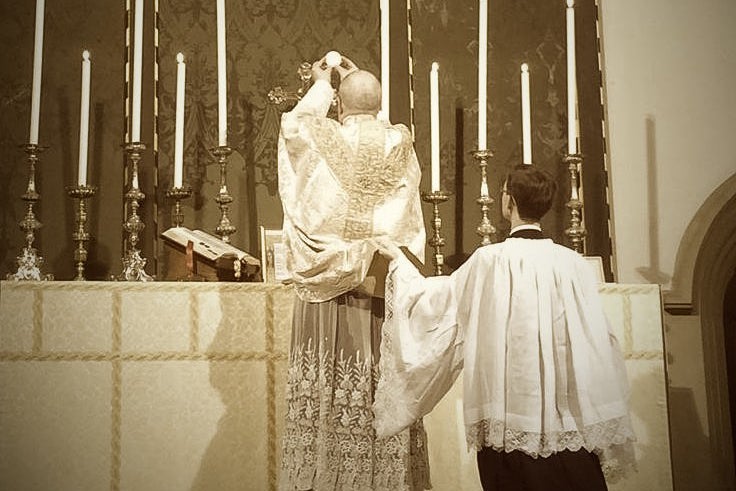Welcome to Ask a Professor, our series that offers an insider’s view of life in academia. This month we interviewed A.K.M. Adam, a priest in the Church of England, blogger, and theologian with a Ph.D. from Duke, who publishes on the New Testament and postmodern biblical criticism. He is currently a member of the Faculty of Theology and Religion at Oxford University, serving as Tutor in New Testament and Greek at St Stephen’s House and College Lecturer in Theology at Oriel College. (He sent us several possible pictures to run with this piece, and we chose the one featured above because it was so different from the usual headshots of professors that we frequently see in academe!) And even though he himself has published little on JSTOR, you can learn about his work through the book review of his work that appear on our site. We caught up with him recently to learn what his field is like and what he’s got on his bedside table.
Alex Golub: What’s a factoid/tidbit about your field that most people don’t know?
A.K.M. Adam: Most people suppose the field of biblical studies is essentially an apologetic endeavor (whether determined to prove that the Bible is true, or false); that is, admittedly, often the case, but the best research and reflection comes when careful scholars read patiently and thoughtfully, and let the dogmatic questions stand or fall on other grounds.
Have you ever worked with someone in another field, and what was the nature of your collaboration together?
A lot of my own work takes ways of thinking about interpretation from other fields, and applies them in biblical studies. So I’ve worked with technologists about the significance of digital, non-material interactions for theology, about Magritte’s semiotics for biblical interpretation, and about information design, comics theory, and Philip K. Dick—but my favourite interdisciplinary project involved working on the AIDS Memorial Quilt at the Names Project headquarters in San Francisco, studying the ways that panel-makers quoted and alluded to the Bible. At the Names Project, Gert McMullin taught me about the Quilt itself, about life in San Francisco in the Castro and SoMa, and helped me find panels, and with acidic wit and utter honesty taught me much about life, death, other people, the church, and memory.
What’s the next big thing in your field?
Goodness, I can’t predict that. Biblical studies will probably always be dominated by scholars with axes to grind, but over the past few years a growing body of scholars have devoted their time to reception history, the ways that the Bible has been interpreted over the millennia (in print, the graphic arts, music, and more); I expect that approach to the Bible to continue to grow, as it affords a richer network of plausible readings and more expansive room for discovery and imagination than do the sclerotic arguments for and against the Bible’s historicity.
If you weren’t a professor what would you do and why?
Setting aside my vocation as a priest, I might look for work in graphic design or typography. My experience and interests in visual communication would come into play in a design house in a way complementary to my use of them in investigating biblical hermeneutics.
What’s on your bedside table?
Hmmm, beside my prayerbook, iPad, and iPhone: Colm Tóibín’s The Testament of Mary; the MIT Media Lab’s Director Joi Ito’s book Whiplash (written with Jeff Howe); Steve Himmer’s Scratch; Dandies and Desert Saints: Styles of Victorian Manhood, by James Eli Adams; and year after year I re-read Frank Kermode’s Essays on Fiction: 1971-1982.







